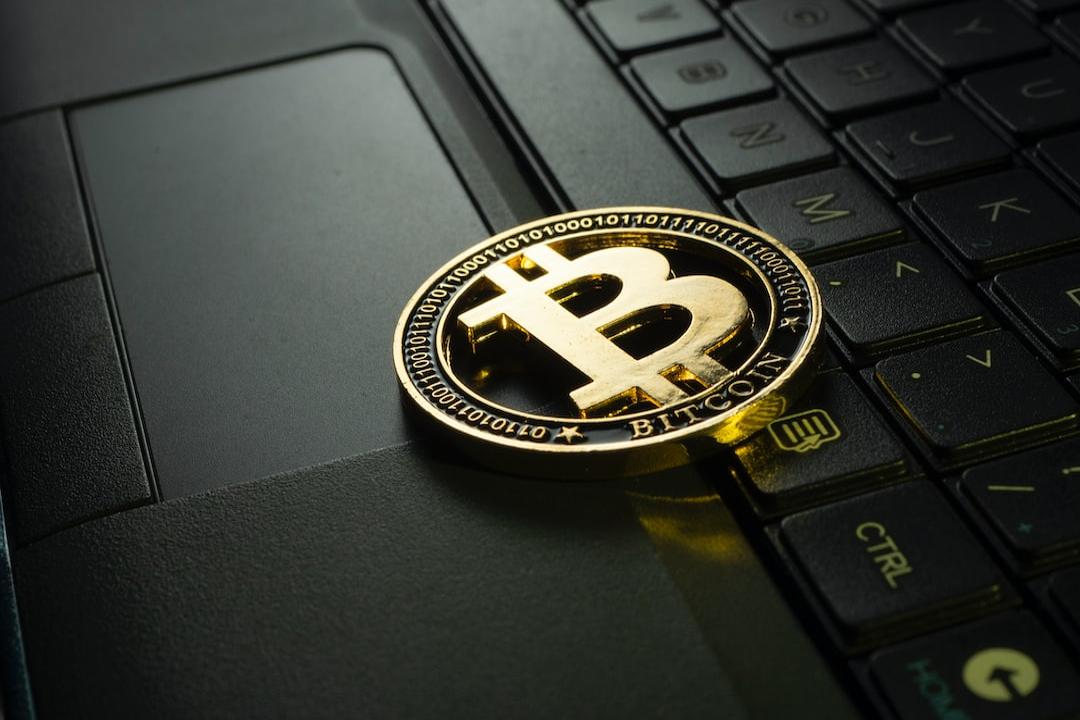Bitcoin (BTC) spot ETFs have generated a lot of bullish sentiment in the cryptocurrency world, and investors are now anticipating the launch of Ether (ETH) spot ETFs in the coming months. While many altcoins are also expected to have ETFs, one contender that has been overlooked is Solana (SOL). Despite facing skepticism and predictions of its downfall, Solana has defied expectations and continues to thrive with its strong technical team.
Despite the negative stories and doubts surrounding Solana’s connection to FTX founder Sam Bankman-Fried, the network has shown resilience in various metrics. The number of active addresses on the network is close to its 2022 level, and the number of new addresses is growing at a similar rate. Additionally, the number of unique active wallets (UAW) has increased since 2022.
However, it’s important to note that active addresses can be manipulated. A different metric, capital efficiency, which measures decentralized exchange volume per dollar of total value locked, suggests that Solana has outperformed Ethereum in recent months.
Although Solana is not without its flaws, it has proven to be much stronger than expected following the FTX blow-up. This recovery and subsequent growth can be attributed to wise leadership, which impacts technological investments, strategy, and community engagement.
The current state of blockchain technology, particularly at the layer-1 (L1) level, falls short of the transformative financial future that was initially envisioned. While blockchain promised faster, cheaper, more efficient, and censorship-resistant financial systems, the reality presents significant challenges.
The L1 landscape is characterized by liquidity fragmentation across various layer-2 solutions (L2s), and scalability issues hamper efficiency and user experience in decentralized exchanges. Concerns about centralization in centralized exchanges compound these challenges, resulting in a fragmented ecosystem that lacks seamless integration and interoperability.
Efforts to scale blockchain technology are diverse, with each project taking a unique approach to overcome speed, efficiency, and interoperability limitations. Ethereum is pursuing a multi-layer strategy that includes layer-2 scaling solutions and sharding. Cosmos and Polkadot are exploring a multi-chain architecture that enables specialized blockchains to communicate seamlessly. Solana, along with newer entrants like Sui and Aptos, focuses on high throughput and efficiency at the layer-1 level. Each approach has its own trade-offs between decentralization, security, and performance.
Solana stands out for its unique approach to addressing core issues in the blockchain ecosystem and its strong community support. Its resilience after the FTX incident and the success of its global hackathons demonstrate its solid foundation. Furthermore, significant user experience improvements, such as mobile integration through Saga phones and competitive platforms like Jupiter, make Solana highly accessible.
Solana has also proven its ability to handle finance at scale with fast block times and initiatives like Firedancer and local fee markets. Its emphasis on seamless transactions without bridging or fractured liquidity, along with real-world applications like decentralized physical infrastructure (DePIN), positions Solana as a leader in the blockchain space.
While there is no guarantee that Solana will surpass Ethereum or Bitcoin, it is no longer an underdog. It is possible that Solana may even have its own spot ETF before any other altcoin, bringing greater competition to the blockchain industry.


